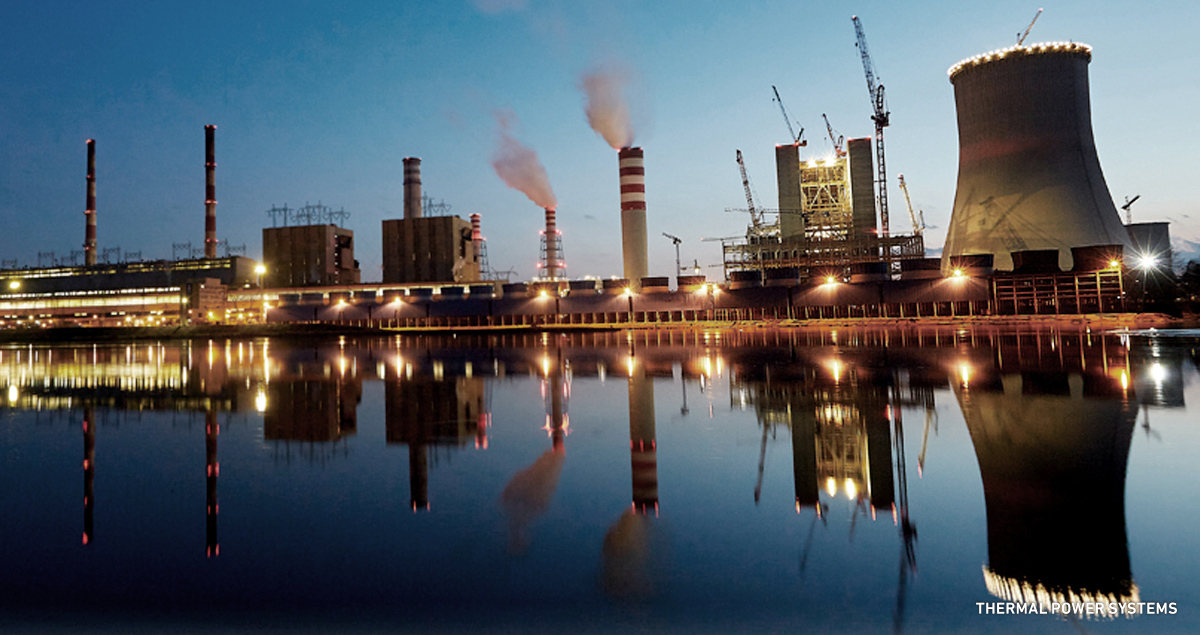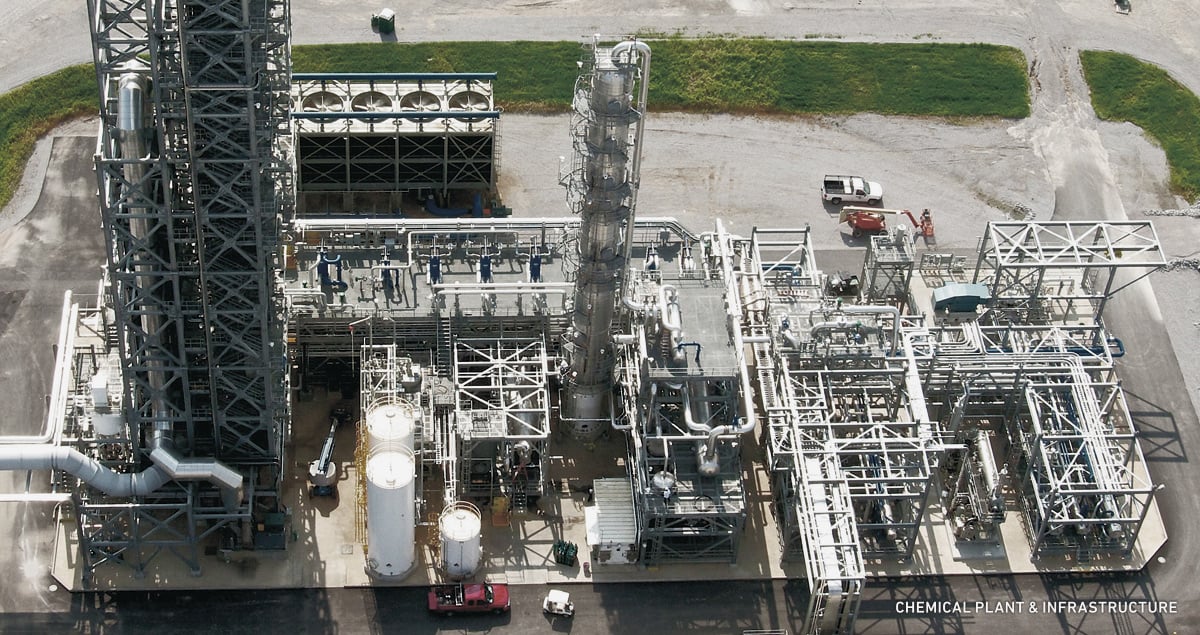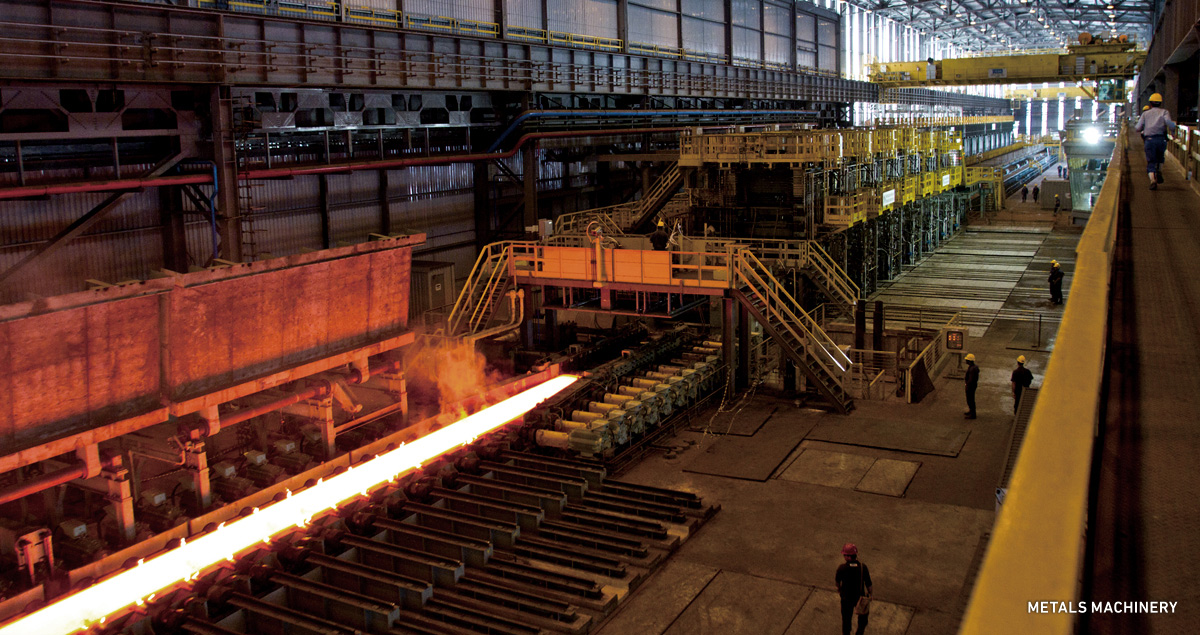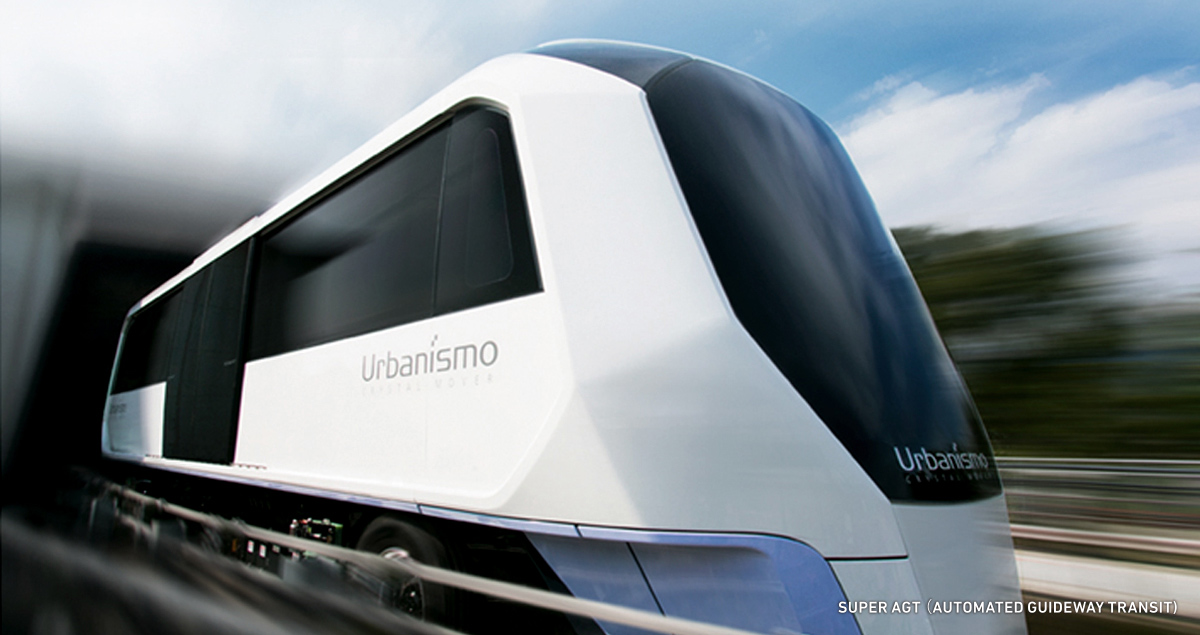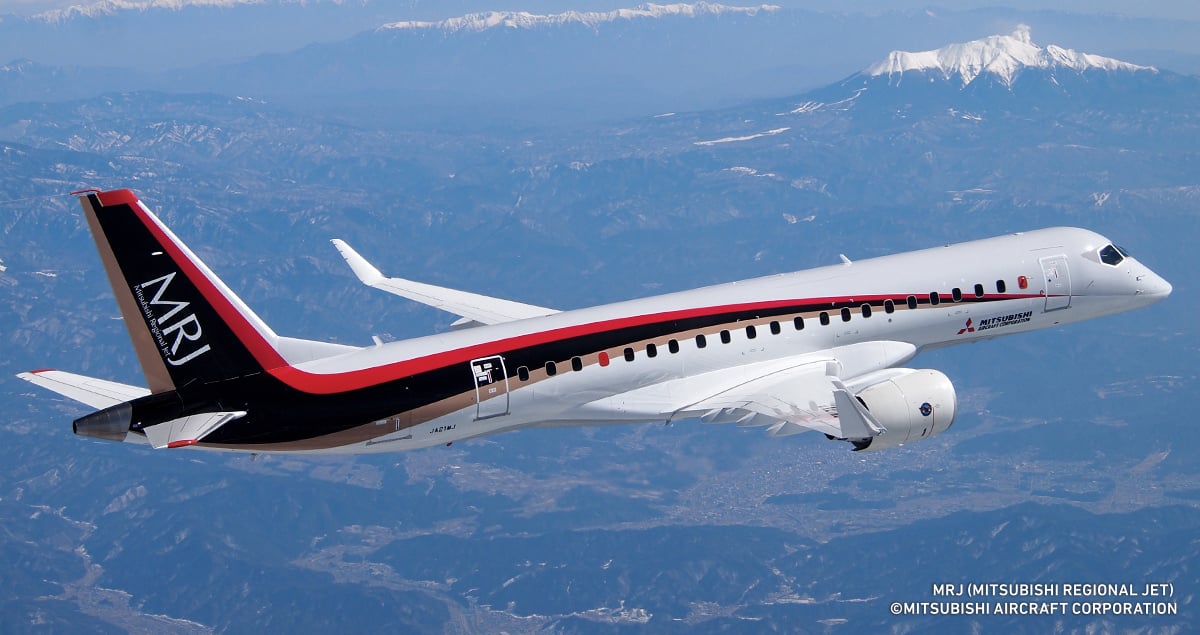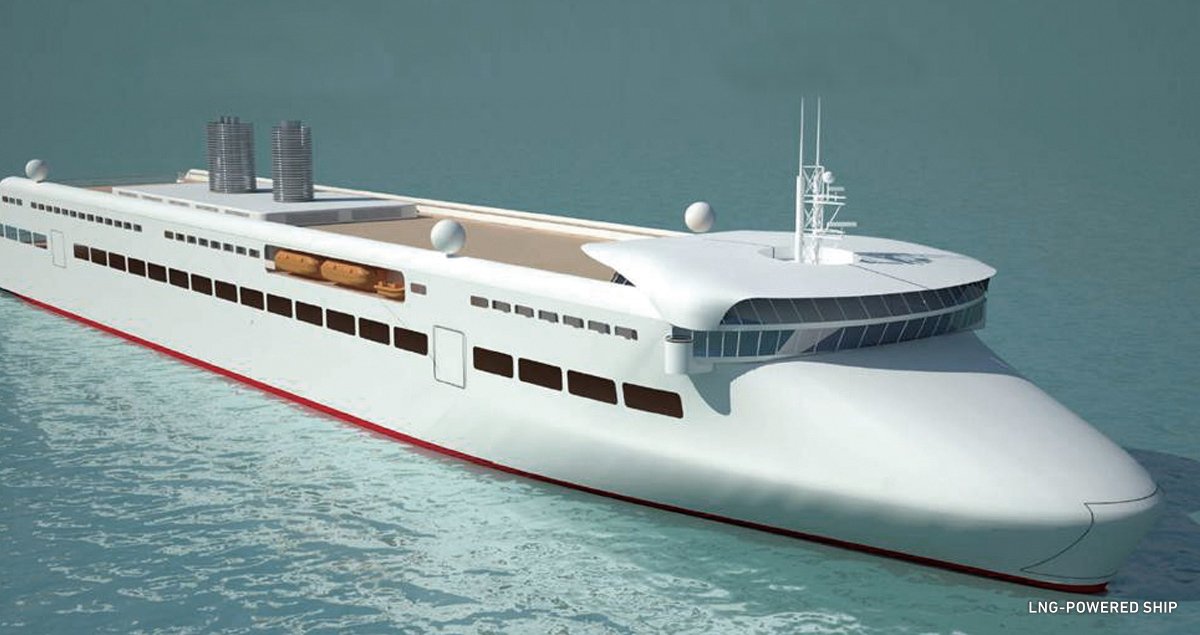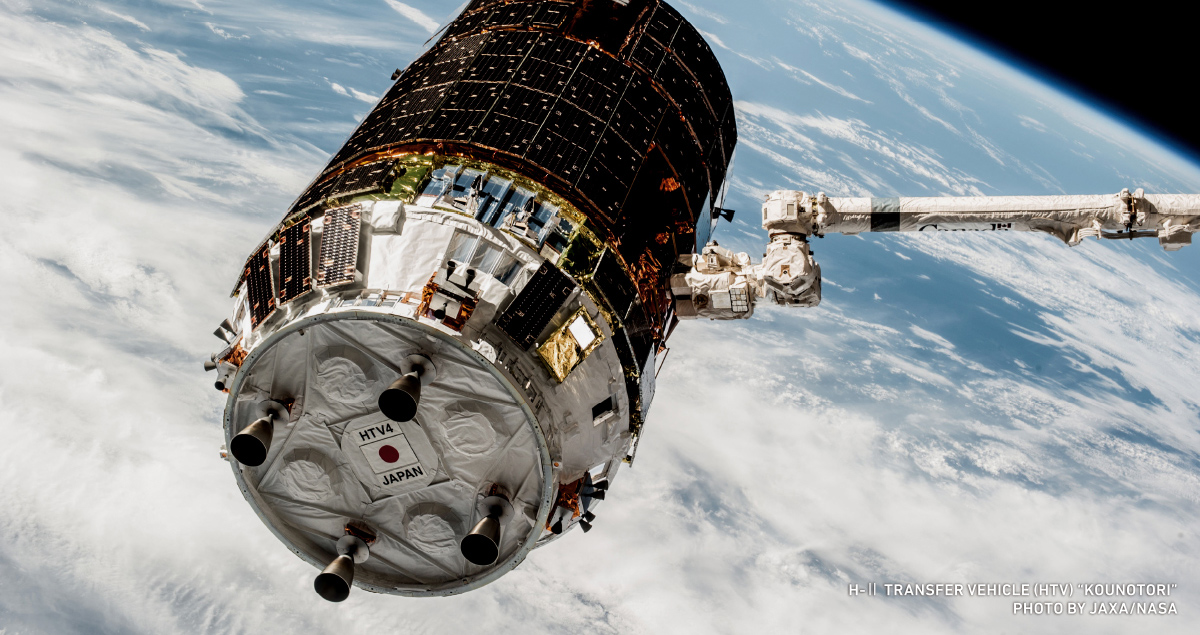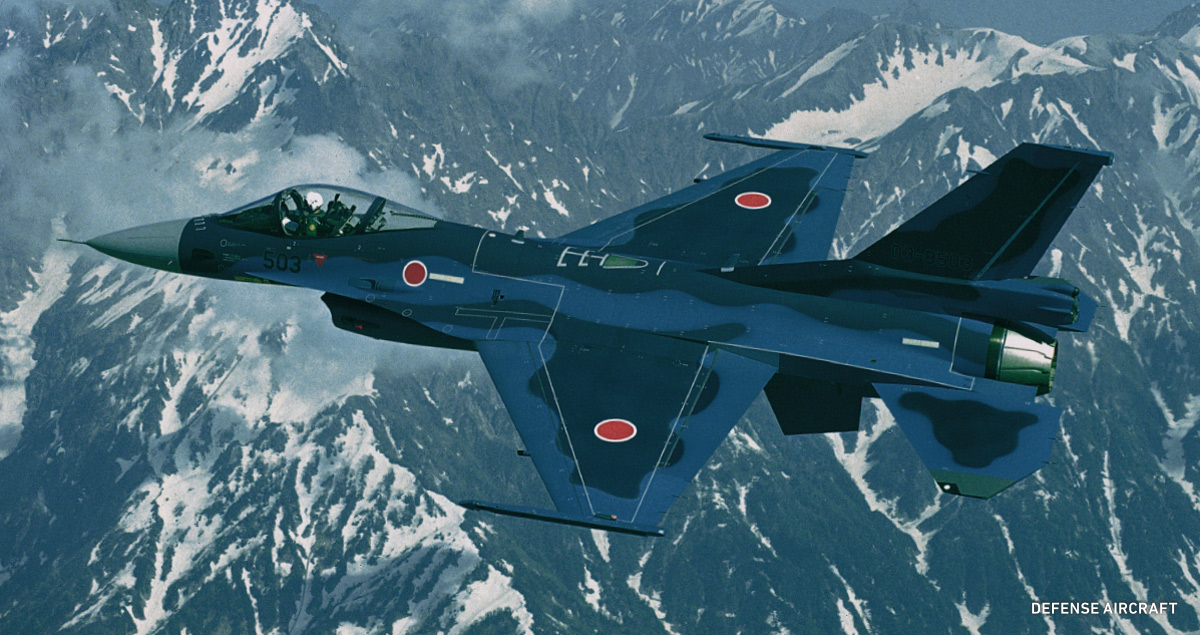Purpose, Progress and Prosperity: The Story of an Industrial Giant
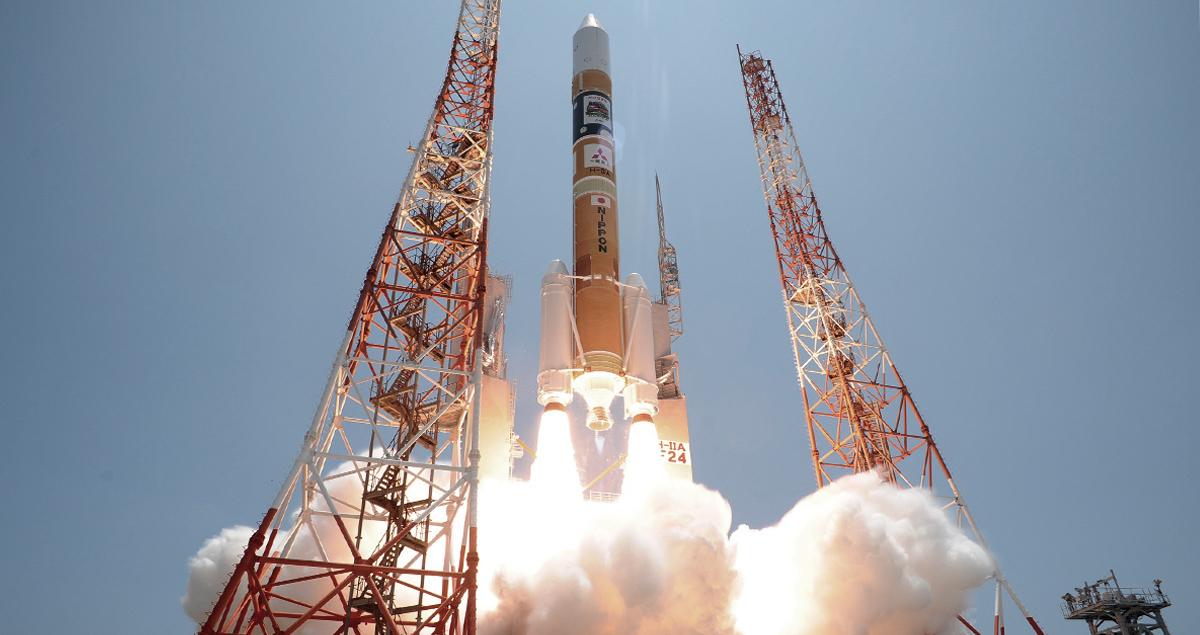
Modern Japan has a well-earned reputation as a land of high technology and heavy industry. Its path to prosperity and exceptional achievements were unique among the pantheon of great nations. Late to the industrial revolution, the Japanese proved a quick study and the country caught up fast. In a span of roughly 50 years Japan was to emerge as a global power through the ingenuity of its people and the technological prowess of great industrial concerns.
One of these is Mitsubishi Heavy Industries, which has been an engine of Japan’s rise to prosperity and influence throughout modern times. Synonymous with Japan’s industrial and technological might, today the name Mitsubishi is used by more than 40 independent entities, but they all share a common origin that began more than 130 years ago, and which today is a truly global enterprise on the leading edge of technological achievement and sustainable economic growth.
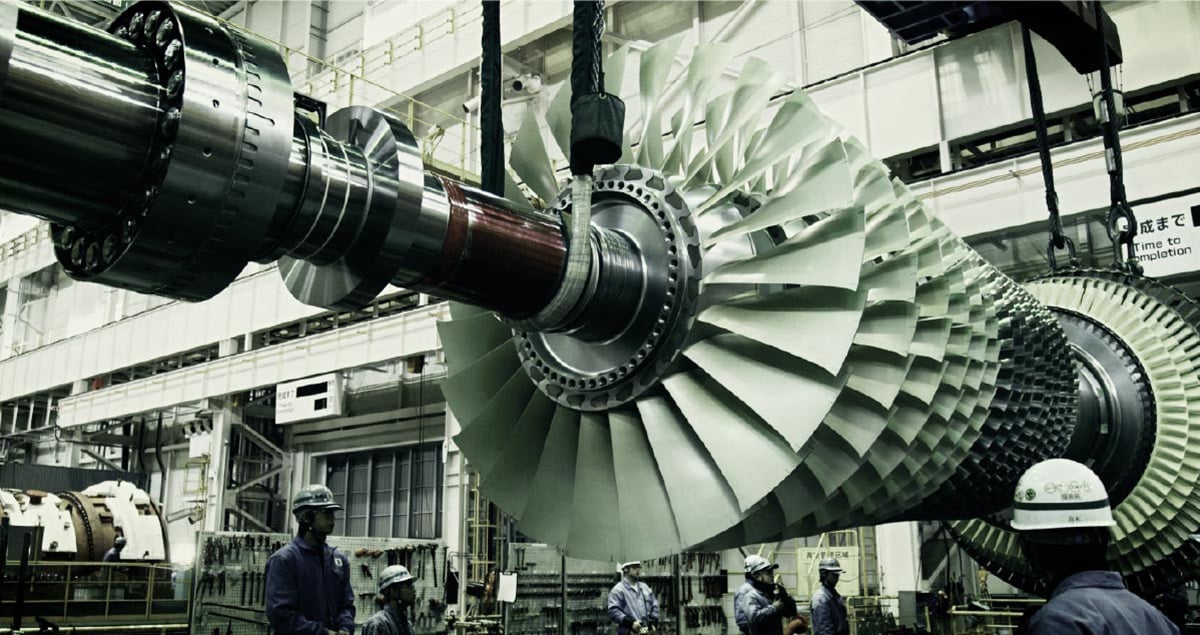
Clash of Civilizations
In 1841, when China ceded the island of Hong Kong to the British, Japan had been closed to the world for almost two-and-a-half centuries and suddenly found itself uniquely vulnerable to the encroaching and technologically superior Western powers. Forward-thinking Japanese knew it was only a matter of time before the island nation would be confronted with an international crisis of its own. Twelve years later this became so when in 1853 Matthew C. Perry, Commodore of the United States Navy, sailed into Tokyo Bay with a squadron of warships and a list of demands for Japan to open its ports to U.S. merchant ships.
This direct confrontation sparked a series of events that led to internal unrest, which resulted in the rapid demise of a well-established feudalistic society, the restoration of the Emperor to the throne in 1868, and the establishment of a Western style legislature. Sweeping legal, educational, technological and other reforms would set Japan on the path to becoming a great modern nation, a major military power, and an industrial and financial powerhouse that even today continues to be a leader in trade, commerce and innovation.
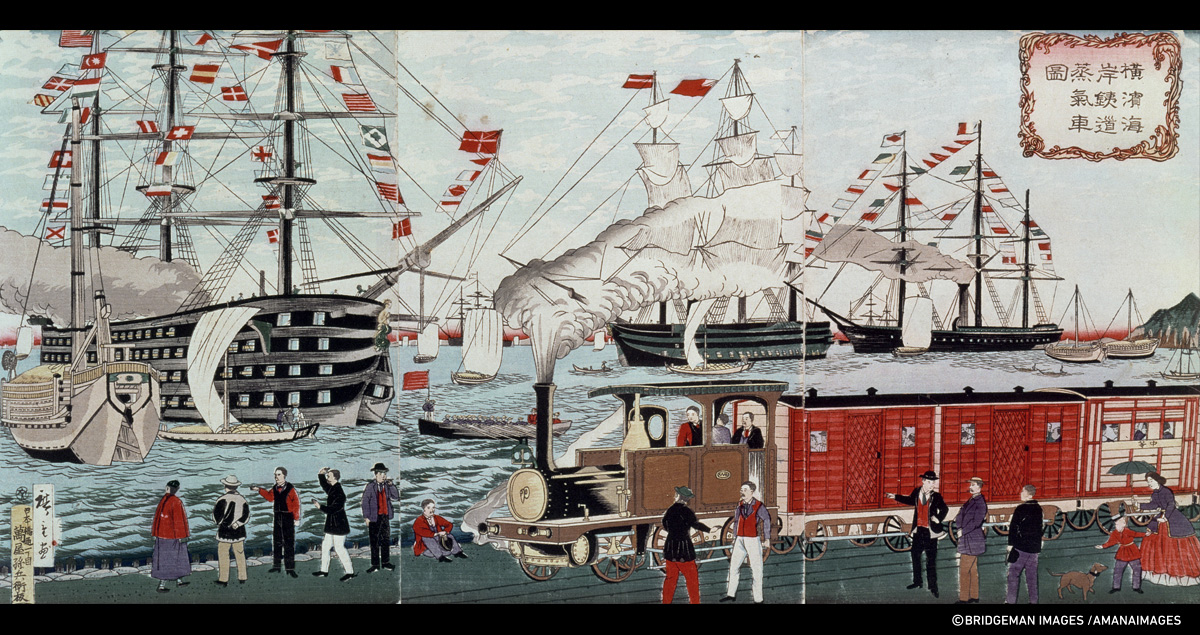
A Man of His Time
One man who lived through Japan's historic transition was Yataro Iwasaki, a man of samurai lineage. Born in 1835 and destined by fate to a life of being in the right place at the right time, and doing the right thing, he literally came of age as port treaties with the United States and other Western powers were being enacted in the mid-19th century. He embarked on a career in the newly established business of international trade, including the exporting of Japanese products, and importing of weapons, steamships, and ammunition from abroad.
In 1870 Yataro Iwasaki headed a shipping firm that was the seed from which a global industrial conglomerate would grow, known today as Mitsubishi Heavy Industries. Another pivotal year was 1884, when he leased government-owned Nagasaki Shipyard and started a full-scale shipbuilding business. Only a year later he would pass on, but the organization he founded and vision he established would inspire several generations of company leaders to follow in his footsteps and help build the heavy industries that would propel Japan into the modern age.
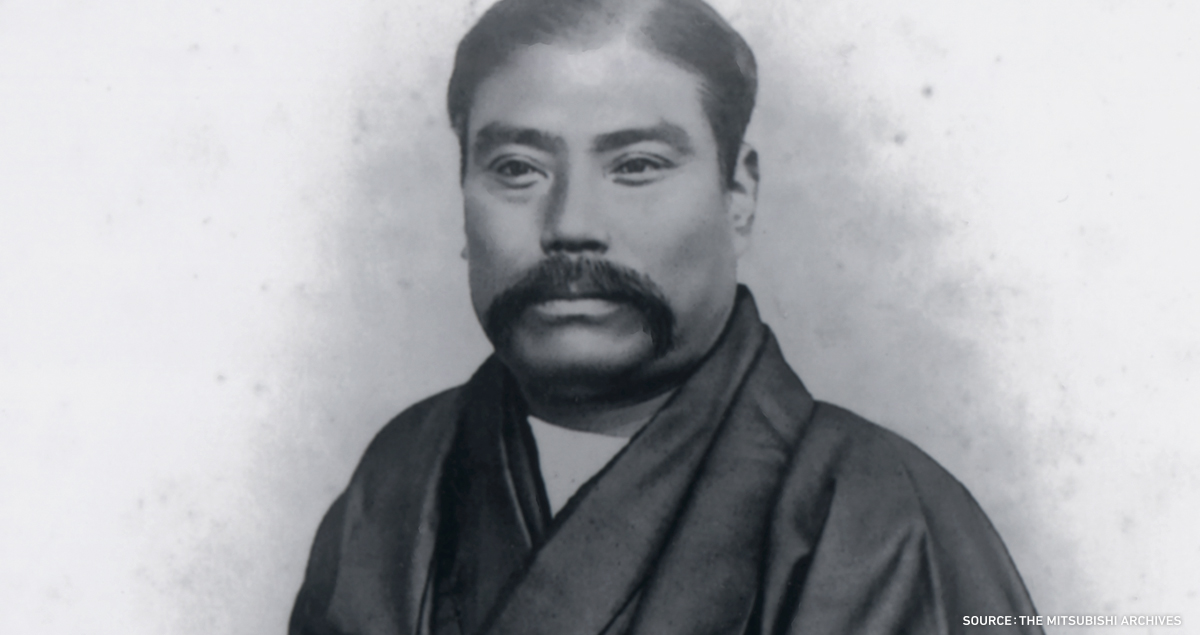
Engine of Japan’s Industrialization
In only 50 years, under steadfast management by Yataro’s brother Yanosuke and the sons of both men, Mitsubishi enterprises would diversify into coal mining, metal mining, aircraft, automobiles, railway and national infrastructure technologies, financial services, and much more, under the credo of “for the country and for society,” which continues to shape Mitsubishi to this day. The rapidly expanding conglomerate would play a key role in Japan’s emergence as an industrial power, as well as military force with formidable weaponry built in the Mitsubishi shipyards and factories.
The nation’s successful war with China in 1894-95 positioned Japan among the world powers literally overnight, while Japan's defeat of Russia in 1904-05 was a turning point in world history after which the nation became an important actor in global affairs. Great crises were also navigated, including business challenges brought on by a recession after World War I, the massive destruction of the 1923 Tokyo earthquake, the uncertainties of the Great Depression, and the turmoil of World War II.
Across the seven decades since the end of the war, the Mitsubishi Heavy Industries group of companies, also known as MHI, continued a tradition of demonstrating great resilience and an ability to expand and make profound achievements in industrial science and technology, by creating strategic alliances on a worldwide scale, and through formidable feats of engineering, manufacturing and ingenuity.
